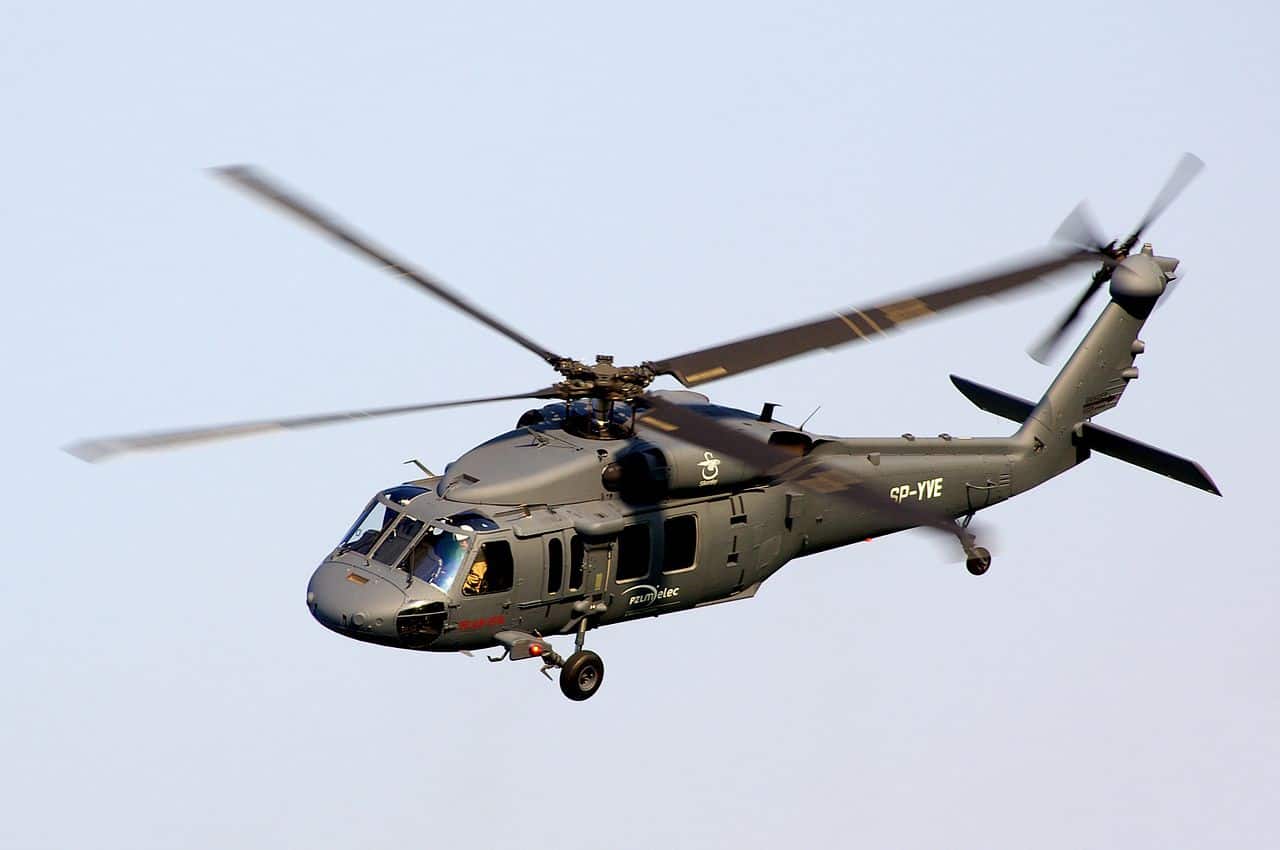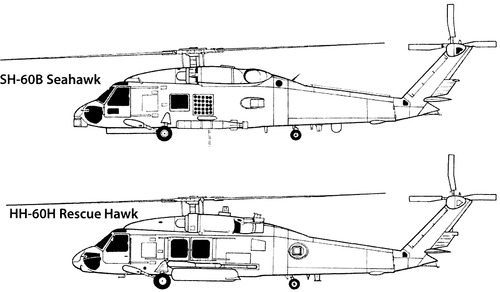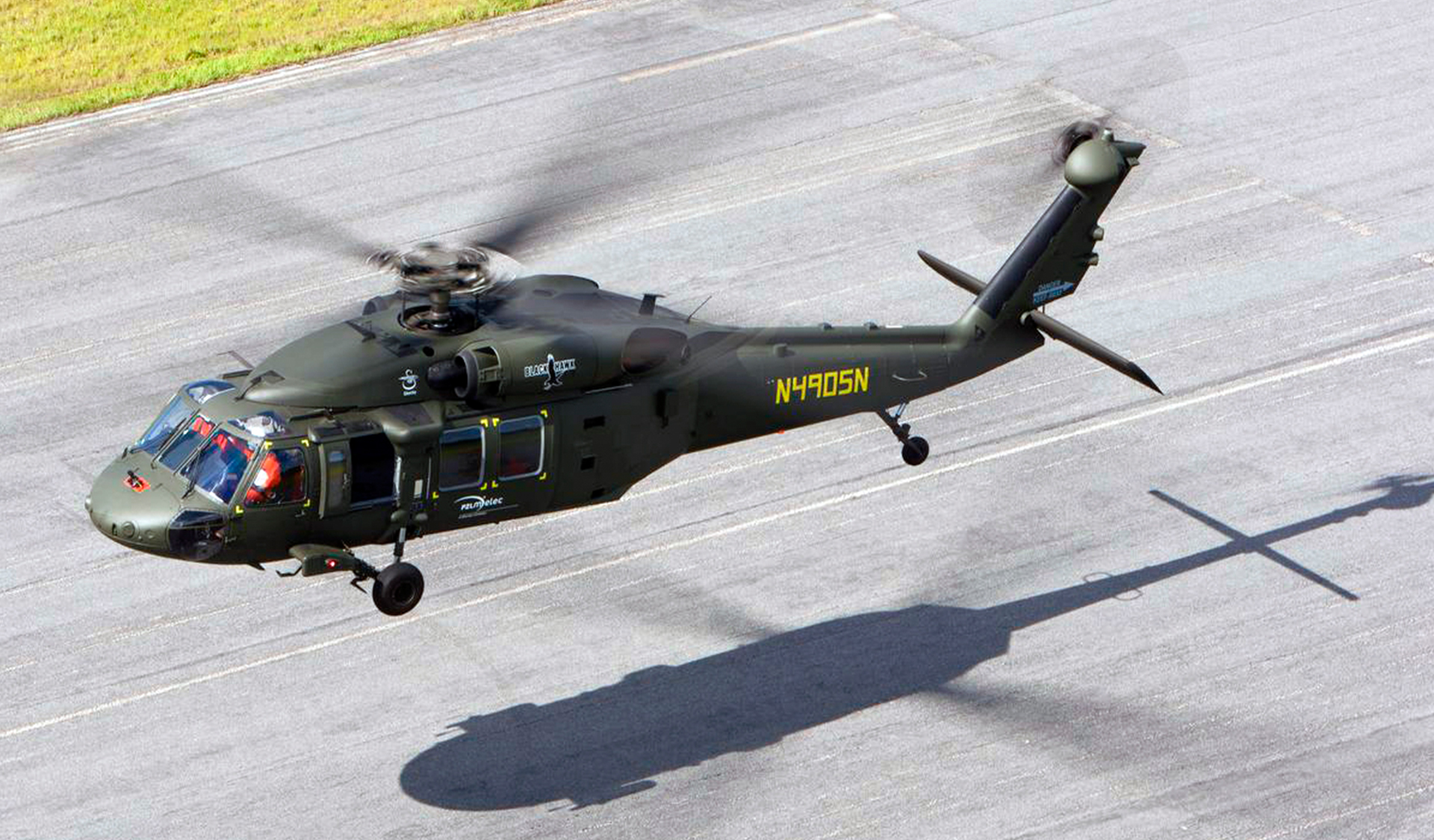Why the Sikorsky S 70 is the Preferred Choice for Modern Helicopter Missions
Why the Sikorsky S 70 is the Preferred Choice for Modern Helicopter Missions
Blog Article
High-Performance Multi-Role Rotorcraft Featuring Advanced Cabin Technologies and Integrated Sensor Equipments
The world of rotorcraft modern technology has actually seen significant developments in recent times, especially in the realm of high-performance multi-role rotorcraft geared up with advanced cockpit technologies and perfectly integrated sensor systems. These innovations have not just boosted the functional abilities of rotorcraft however have also dramatically influenced modern-day air travel operations on numerous fronts. From improved mission convenience to boosted operational efficiency, the merging of sophisticated cabin innovations and integrated sensing unit systems has actually ushered in a brand-new age of possibilities for rotorcraft applications. In the adhering to discussion, we will certainly check out the evolution of rotorcraft modern technology, look into the world of advanced cabin developments, and examine the effects of incorporated sensing unit systems on the operational flexibility and performance of modern-day rotorcraft.
Advancement of Rotorcraft Technology
The evolution of rotorcraft technology has been noted by substantial innovations in the rules of aerodynamics, products, and propulsion systems, shaping the abilities and performance of modern-day rotorcraft. In addition, improvements in propulsion systems, including much more powerful engines and cutting-edge propulsion modern technologies, have actually allowed rotorcraft to achieve greater elevations, faster speeds, and greater hauls.
These improvements have not just changed the capacities of rotorcraft however have additionally increased their applications across various sectors, including military, industrial, and emergency situation services. The continuous advancement of rotorcraft innovation proceeds to drive technology in the area, pushing the limits of what is feasible and shaping the future of upright flight.
Advanced Cabin Innovations
Structure upon the fundamental improvements in aerodynamics, products, and propulsion systems, the world of rotorcraft technology currently changes emphasis towards introducing Advanced Cabin Innovations. The integration of advanced innovations within the cockpit atmosphere plays an important duty in enhancing the functional abilities, safety and security, and effectiveness of modern rotorcraft. sikorsky s 70. Advanced Cabin Innovations incorporate a wide selection of attributes designed to provide pilots with enhanced situational understanding, structured data management, and intuitive control user interfaces
Among the key developments in cockpit style is the application of glass cabins, which replace traditional analog assesses with high-resolution screens. These digital systems supply personalized layouts, real-time data combination, and boosted readability, making it possible for pilots to access essential information at a look. Moreover, progressed avionics systems, such as fly-by-wire controls and boosted reality screens, are changing how pilots engage with the aircraft, enabling specific control and boosted decision-making capabilities.


Incorporating innovative cabin technologies not just enhances pilot efficiency however additionally adds to general mission effectiveness and safety and security in complicated functional atmospheres. By leveraging cutting edge technologies within the cabin, rotorcraft producers are setting brand-new standards for functional excellence and objective success.
Integrated Sensor Solutions
With the evolution of rotorcraft modern technology, the combination of advanced Integrated Sensing unit Systems has become vital in enhancing functional efficiency and security. These Integrated Sensing unit Solutions incorporate a broad selection of innovations that give important data for different features such as navigation, monitoring, targeting, and ecological monitoring. By effortlessly integrating sensors like radars, electronic cameras, lidar, and Continued infrared systems into rotorcraft, drivers can gain from enhanced situational recognition, improved objective abilities, and reduced pilot workload.
One trick benefit of Integrated Sensing unit Systems is their ability to collect real-time information and provide actionable insights to pilots and objective drivers. For example, advanced radar systems can discover and track targets over long ranges, enabling early risk detection and efficient feedback preparation. Additionally, integrating electro-optical and infrared cams allows rotorcraft to perform reconnaissance and security goals with accuracy and accuracy.
Fundamentally, the integration of advanced sensor innovations into rotorcraft not only enhances operational performance yet additionally adds dramatically to total objective success and staff safety and security. As rotorcraft remain to evolve, the function of Integrated Sensing unit Equipment will site web undoubtedly remain at the forefront of development in the aerospace industry.
Functional Adaptability and Efficiency
Enhancing operational convenience and efficiency in rotorcraft is an all-natural development from the assimilation of advanced Integrated Sensor Systems. By leveraging the understandings and information offered by these innovative sensing unit systems, rotorcraft can enhance their performance throughout numerous objectives and settings.
Operational flexibility incorporates the capability of rotorcraft to adapt to different roles and scenarios effectively. With advanced cockpit modern technologies and incorporated sensor systems, rotorcraft can flawlessly transition in between jobs such as search and rescue, medical emptying, monitoring, and more. This flexibility boosts the rotorcraft's ability to meet varied operational needs without needing extensive reconfiguration.
Efficiency in rotorcraft procedures is crucial for optimizing objective performance and resource utilization. Integrated sensing unit systems play an essential function in enhancing operational effectiveness by giving real-time data on weather problems, terrain mapping, target monitoring, and much more. This data makes it possible for pilots to make informed decisions promptly, maximize flight courses, preserve gas, and boost overall objective performance.
Influence On Modern Aeronautics Workflow

In addition, the integration of sophisticated sensors promotes enhanced mission planning and implementation, making it possible for rotorcraft to execute a vast variety their explanation of tasks with enhanced accuracy. From search and rescue operations to airborne firefighting and police goals, the capacities of contemporary rotorcraft geared up with advanced cabin technologies and integrated sensing unit systems are unrivaled.
In addition, the impact of these improvements expands beyond functional performance to cost-effectiveness and sustainability. By optimizing flight courses, gas consumption, and upkeep routines, high-performance rotorcraft equipped with sophisticated cabin modern technologies and sensors contribute to minimizing functional costs and environmental effect, making them indispensable possessions in modern-day aeronautics procedures.
Conclusion
In final thought, the high-performance multi-role rotorcraft with sophisticated cabin modern technologies and integrated sensor systems represents a considerable development in air travel modern technology. These innovations enhance operational flexibility and effectiveness, eventually affecting contemporary air travel procedures in a favorable method. The combination of these sophisticated innovations permits enhanced abilities and performance in different mission scenarios, showcasing the continued development of rotorcraft technology in the aviation industry.
The world of rotorcraft modern technology has actually seen significant improvements in recent times, especially in the world of high-performance multi-role rotorcraft geared up with innovative cockpit technologies and perfectly integrated sensing unit systems. From boosted objective flexibility to improved functional performance, the convergence of advanced cabin innovations and integrated sensor systems has actually ushered in a new era of opportunities for rotorcraft applications. In the complying with discussion, we will certainly check out the evolution of rotorcraft modern technology, dive into the world of sophisticated cockpit technologies, and take a look at the ramifications of incorporated sensor systems on the operational adaptability and efficiency of modern-day rotorcraft.

Report this page